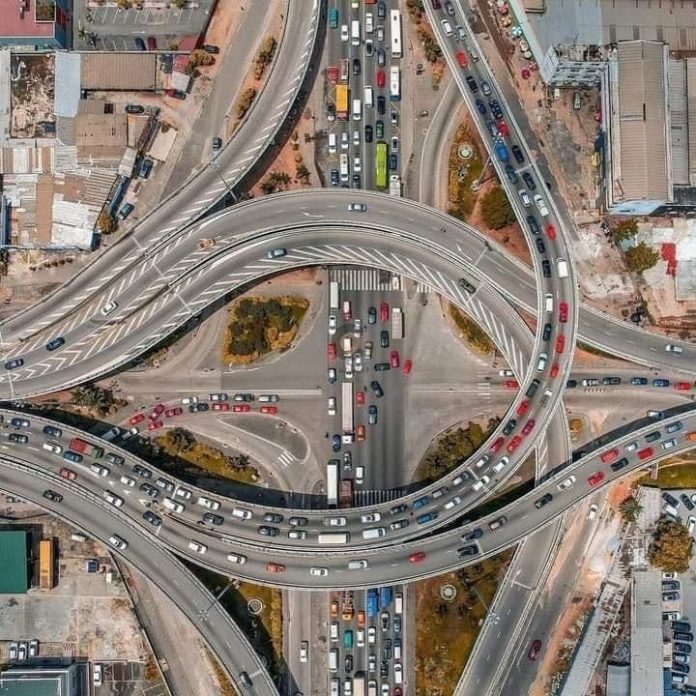The World Health Organization (WHO) is calling for a profound shift in how cities are planned, governed, and funded, urging policymakers to make urban spaces engines of health, equality, and resilience. Marking World Cities Day in Geneva on October 31st, the organization released a new guide, Taking a Strategic Approach to Urban Health, designed to help governments better align decisions on housing, climate action, mobility, and digital transformation.
In Africa, where urbanization is accelerating faster than anywhere else in the world, this guidance arrives as a warning and a roadmap.
Globally, 4.4 billion people now live in cities. By 2050, that number will reach 70% of the world’s population. Africa will contribute the largest share of that growth: more than 950 million additional African residents are expected to move into cities within the next 25 years.
Lagos, Kinshasa, and Dar es Salaam are projected to become megacities each exceeding 20 million inhabitants, but without the infrastructure systems that have historically supported such expansion. While cities can drive innovation and economic transformation, WHO cautions that they also concentrate the harshest inequalities.
Across the African continent, over 50% of urban residents live in informal settlements, often established without sanitation networks, proper drainage, or secure housing structures. More than 238 million Africans currently lack access to safe drinking water close to home, and poorly planned drainage and land use have caused catastrophic urban flooding from Accra to Nairobi. As climate change intensifies, cities built without resilience in mind are experiencing heat spikes that exacerbate respiratory and cardiovascular illnesses, particularly among children and older adults.
WHO cites global figures showing 7 million premature deaths annually linked to air pollution, a threat especially acute in congested African urban hubs where diesel generators power households during frequent grid failures.
In Cairo, pollution levels have at times soared to 10 times WHO-recommended safe limits. Meanwhile, traffic injuries remain among the leading causes of death for young people on the continent, with unsafe transport systems proving as fatal as infectious diseases.
Jeremy Farrar, WHO Assistant Director-General, stressed that creating healthier cities cannot be siloed within health ministries. Urban conditions are shaped by zoning codes, public transport investments, environmental standards, and access to technology. “This is a moment for decision-makers at every level to act together,” he urged. “The guide provides a framework for leaders and communities to build fairer, healthier, and more resilient futures.”
Evidence underscores the urgency of bridging gaps. The organization cited a study of 363 Latin American cities revealing life expectancy differences of up to 14 years between neighborhoods, inequalities mirrored in African metropolitan areas such as Johannesburg and Nairobi, where affluent enclaves sit beside townships facing chronic poverty. The implication is clear: geography can determine longevity.
For many African governments, operationalizing WHO’s framework demands new coalitions between agencies and sectors that often operate independently. A transport decision, for example, becomes a health decision when it determines whether workers must spend hours inhaling exhaust fumes or whether children can safely walk to school.
Waste management becomes climate action when recycling and composting reduce methane emissions from overflowed dumpsites such as Dandora in Kenya. Housing becomes public health when sturdy construction prevents cholera outbreaks linked to contaminated floodwaters.
Dr. Etienne Krug, WHO Director for Health Determinants, reinforced this multisectoral view: “Cities are key to advancing public health. This guide offers governments a roadmap to act strategically, linking urban health with climate, transport, and migration issues.”
To support capacity development, WHO also launched the first modules of a new Urban Health E-learning Course via the WHO Academy. The training will assist local leaders, planners, and civil society groups to design interventions backed by data, an essential component for African cities where resource allocation decisions must balance immediate needs with future climate pressures.
Africa’s urban future is both a challenge and a prospect. By 2030, cities like Kigali and Addis Ababa are expected to model new forms of green infrastructure and compact urban growth, while others struggle to retrofit services into informal districts that grow faster than planners can monitor. WHO’s message acknowledges this diversity: sustainable urbanization is not a single formula but a coordinated effort to stop treating health outcomes as byproducts of development, and instead as its foundation.
Read also: CMAS 2025 positions Africa as the next frontier of high-integrity carbon markets
For the continent’s rapidly expanding urban centers, the decisions made this decade will determine whether cities become engines of opportunity or epicenters of vulnerability. WHO’s call is ultimately a reminder that healthier cities do not happen by chance, they are built through governance that recognizes the right to health as central to every street, every policy, and every future skyline.





